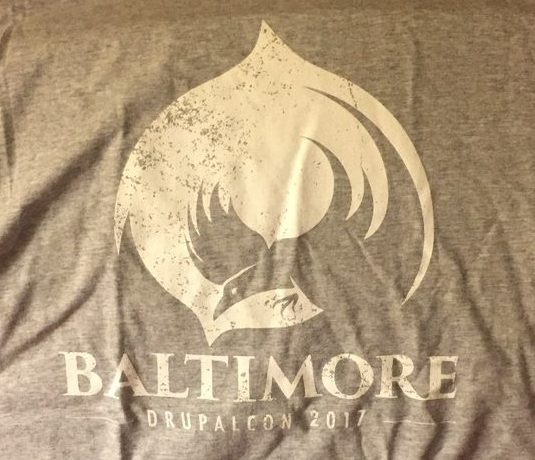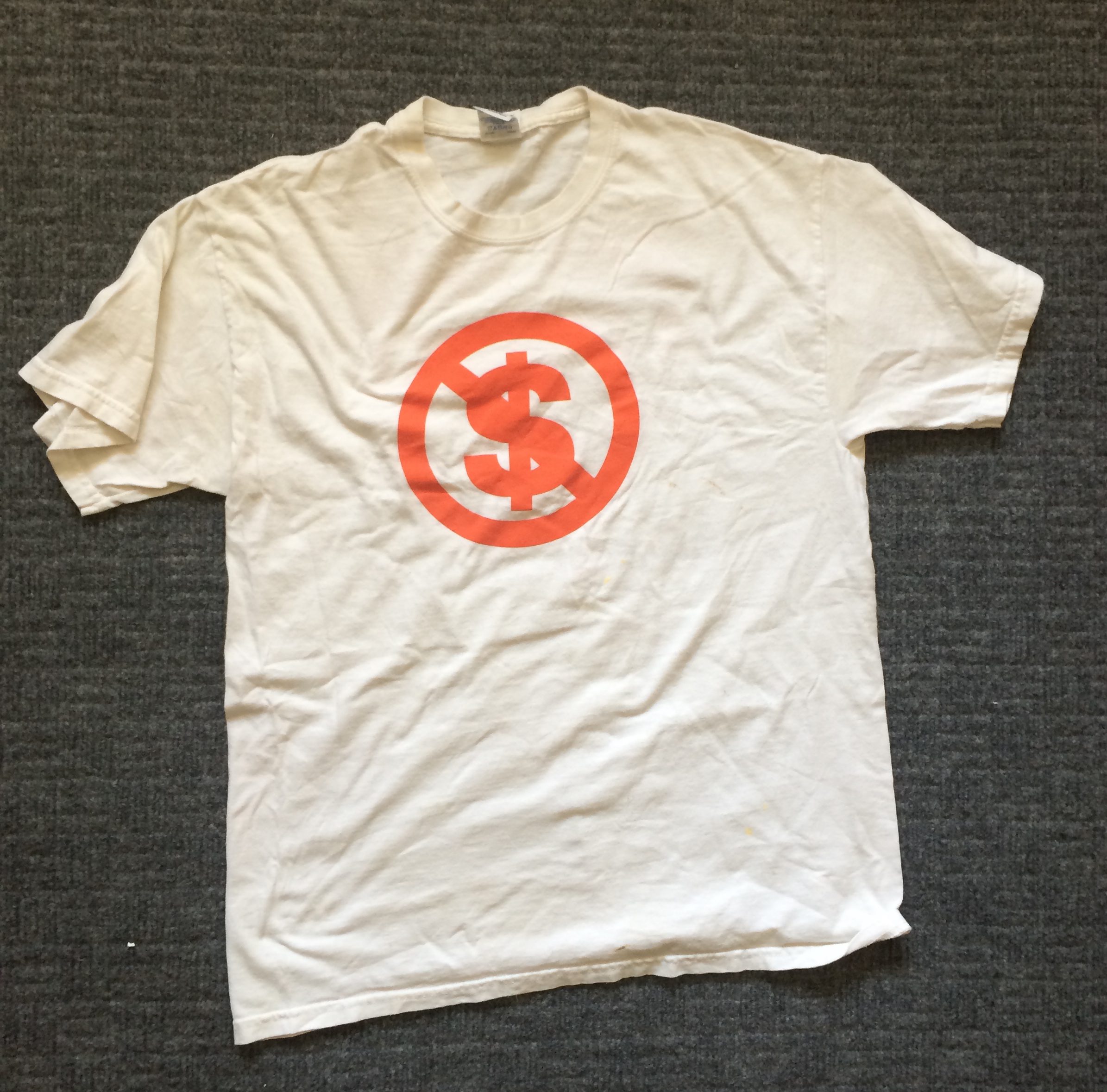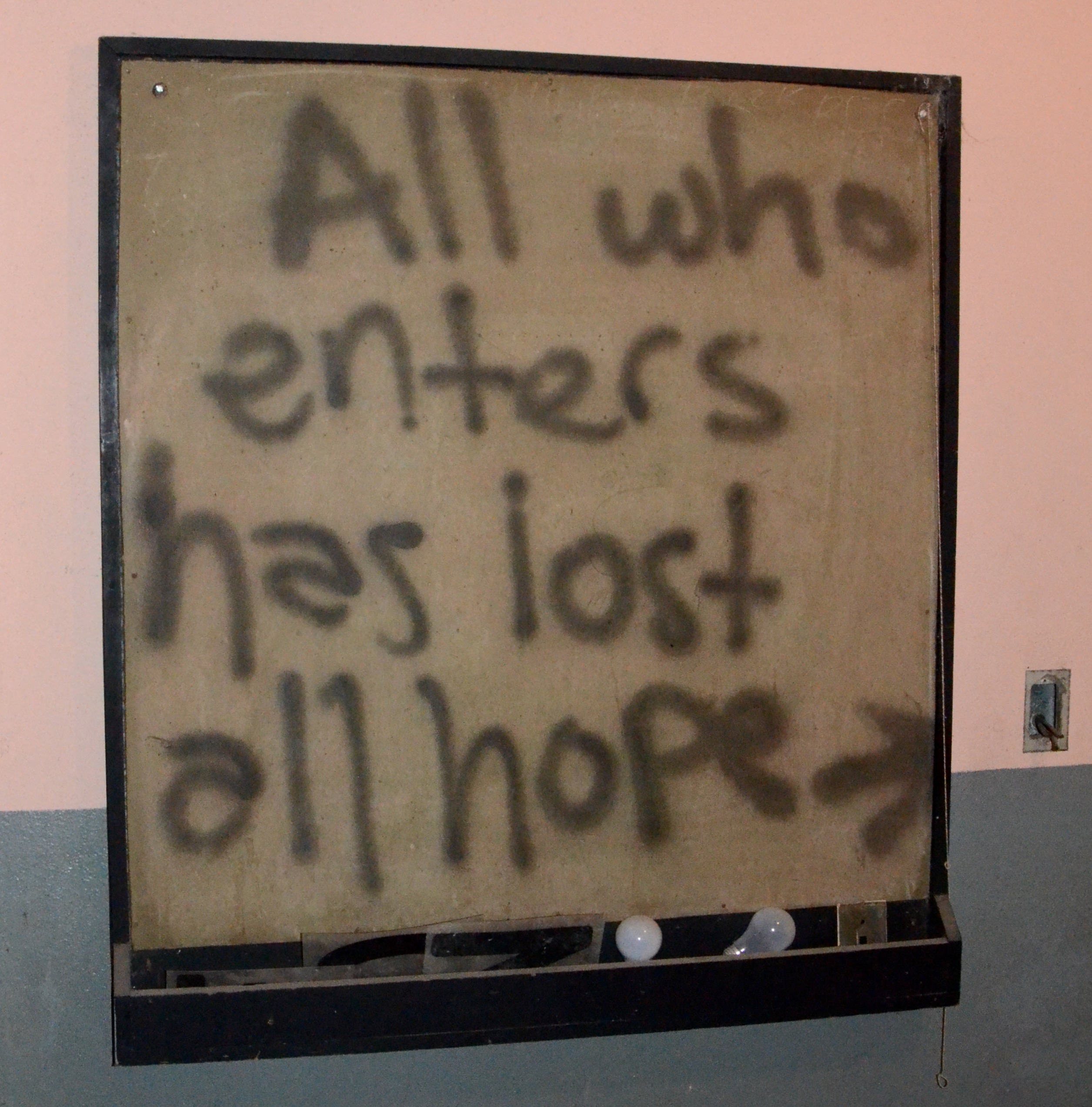
DrupalCon Baltimore Notes
I’m using this post as a place to store and share “notes” from DrupalCon Baltimore. The part of conference notes I tend to find most useful are links and stray ideas I get talking with people. I don’t tend to take detailed notes anymore since I rarely if ever go back to those, although on rare occasions I do re-watch a session if I found it particularly useful. Basically this is a dump of links, pictures from various things, and a few stray thoughts. I’ll edit as the week progresses and probably add more thoughts and ideas. ...





